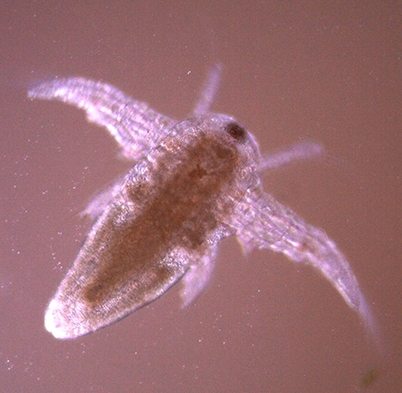setTimeout(function(){
window.print();
},500)

Technical data Brine shrimp (Artemia salina)Article no: P1443901   Principle There is a genus of very small crustaceans living in salt lakes. These animals feed on other microscopic organisms such as algae and bacteria. The brine shrimps lay eggs from which larvae develop. These grow up to juvenile crustaceans within a few weeks. When salt lakes dry up most of the organisms dwelling in them perish. But what happens to the eggs? This you shall find out! Benefits
Tasks Determine whether crustaceans can develop from the dried-up eggs. Learning objectives
Required Accessories This experiment requires a balance: Precision balance, Sartorius ENTRIS® II, 820 g : 10 mg (49303-99)
Scope of delivery
Necessary accessories
| ||||||||||||||||||||
PHYWE Systeme GmbH & Co. KG
Robert-Bosch-Breite 10 – 37079 Göttingen – Germany
www.phywe.com
Robert-Bosch-Breite 10 – 37079 Göttingen – Germany
www.phywe.com

